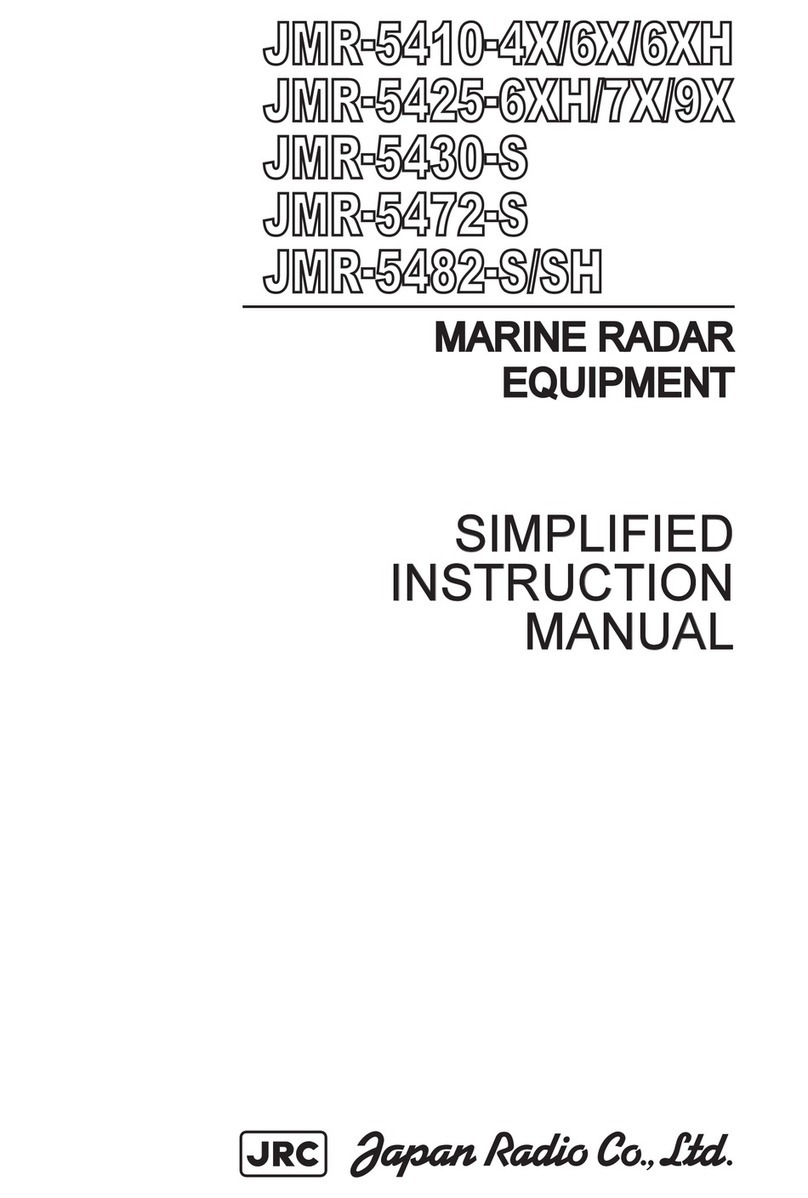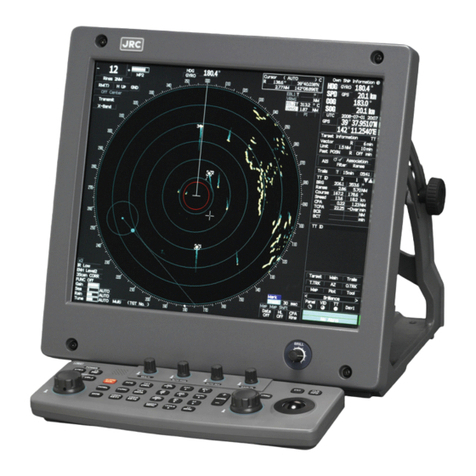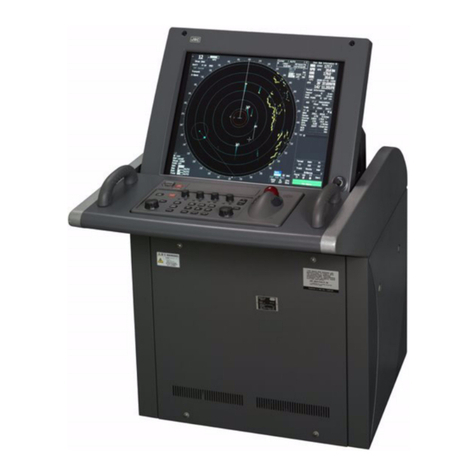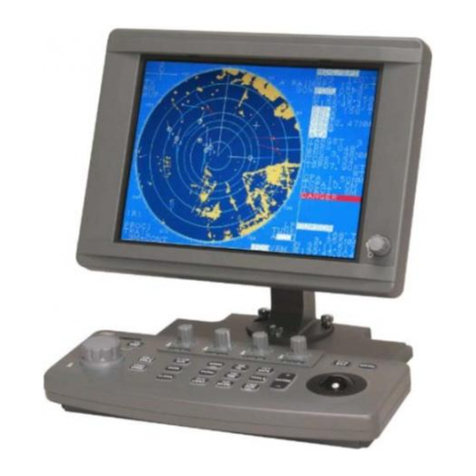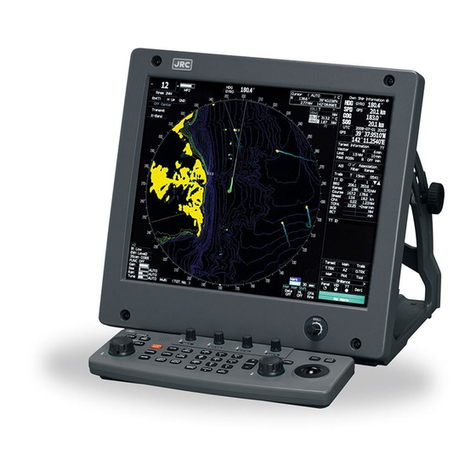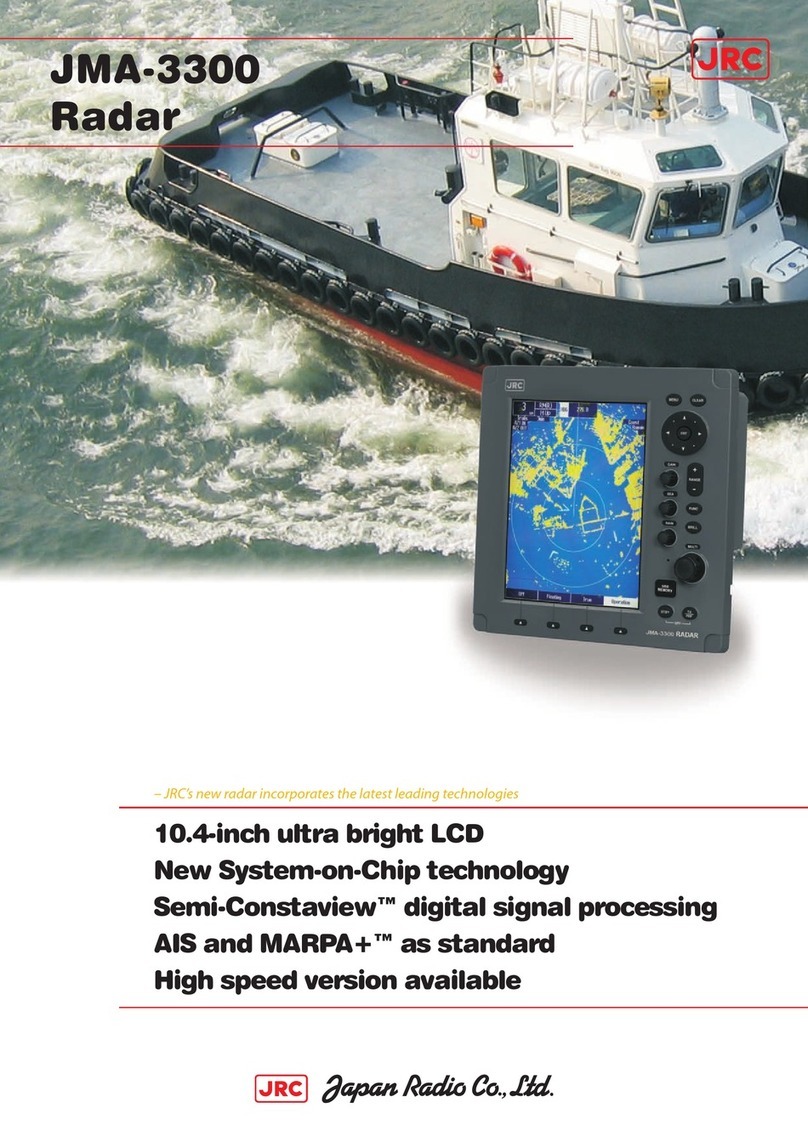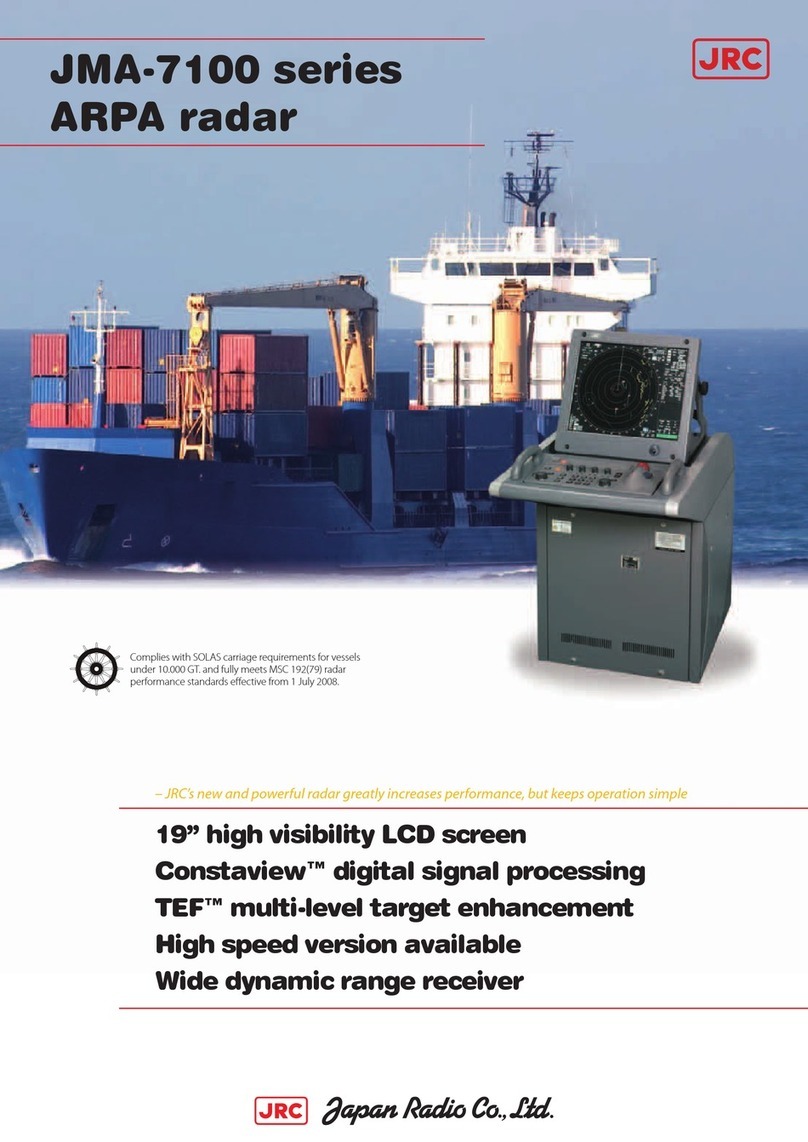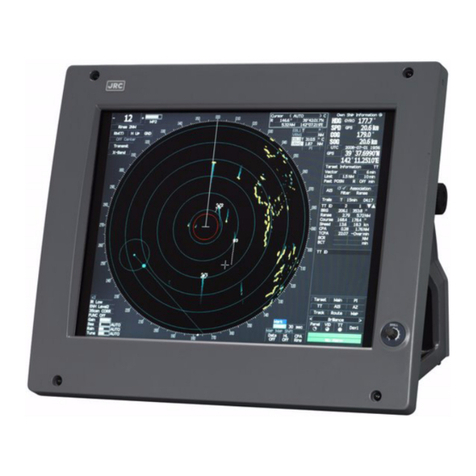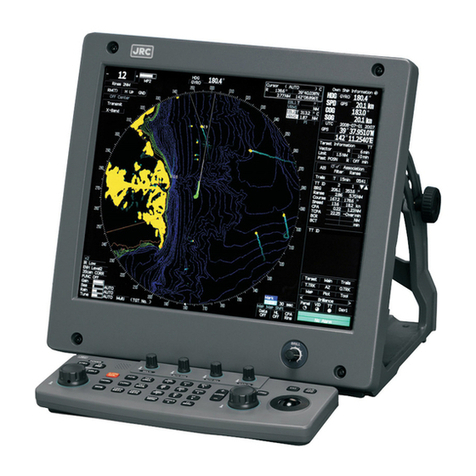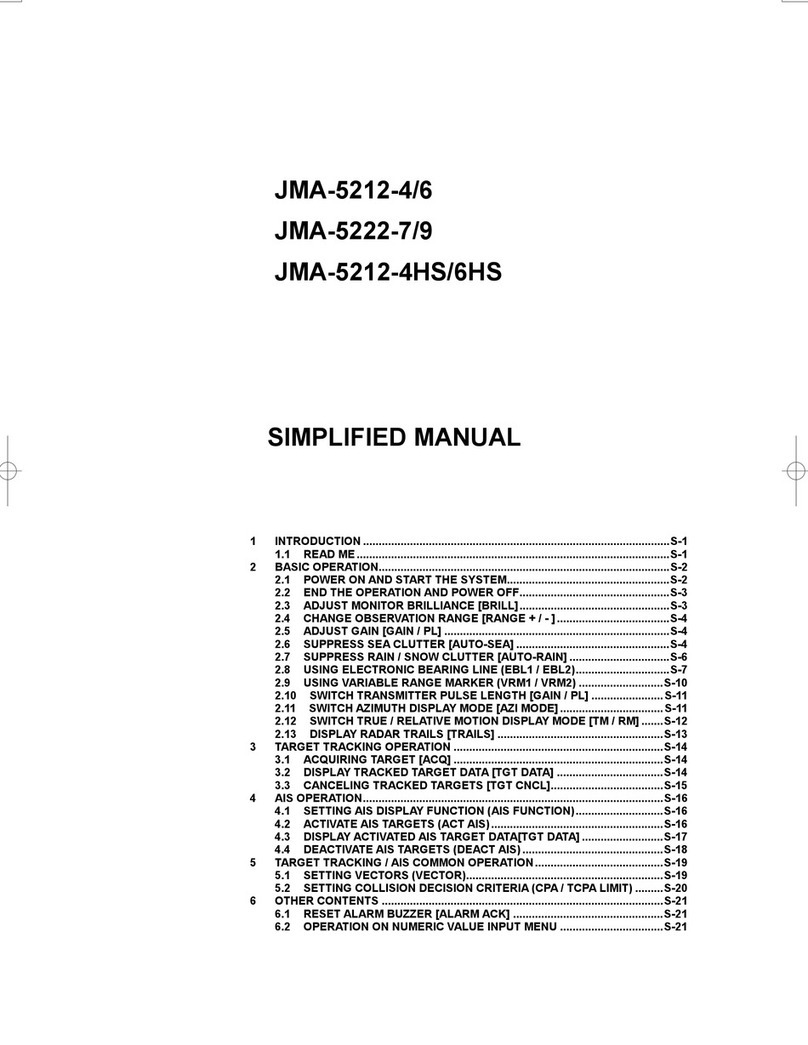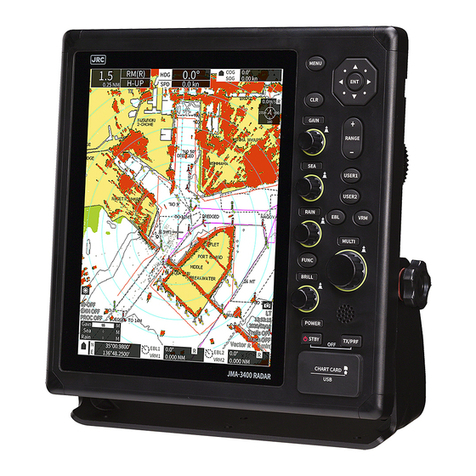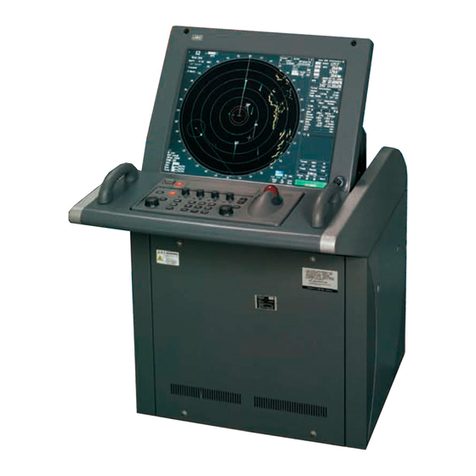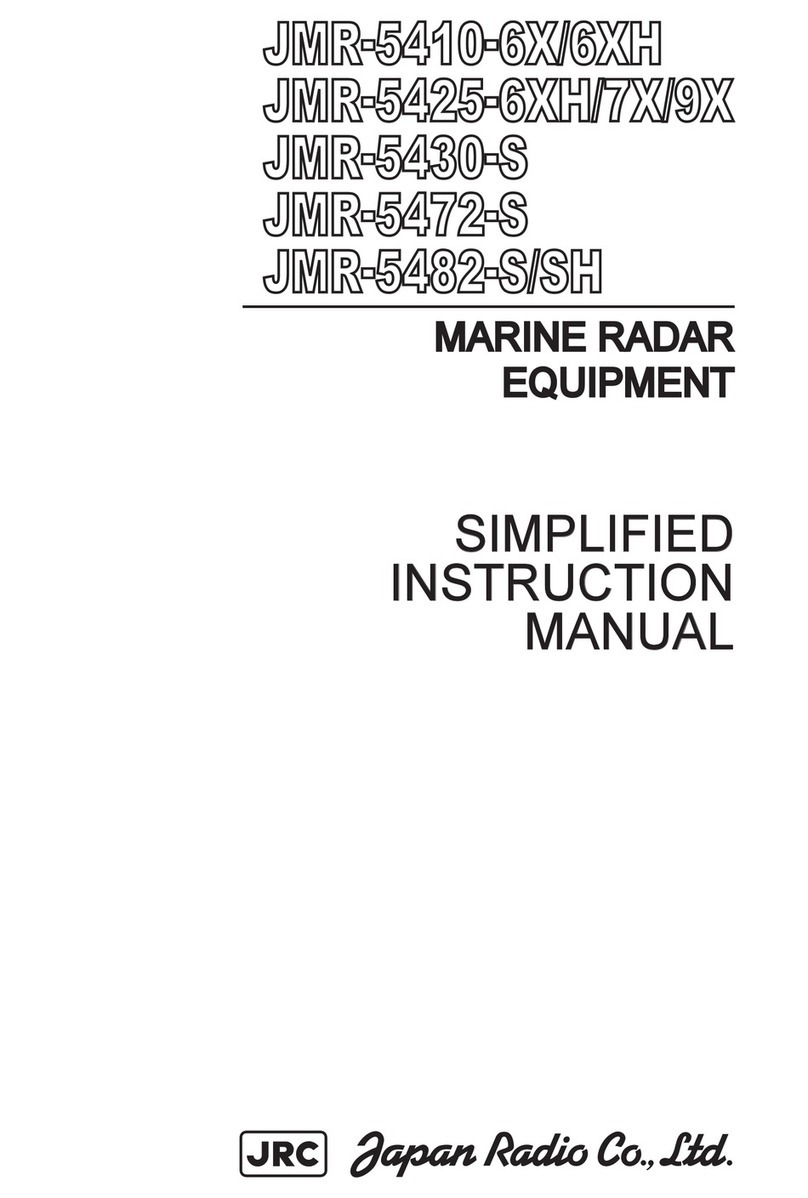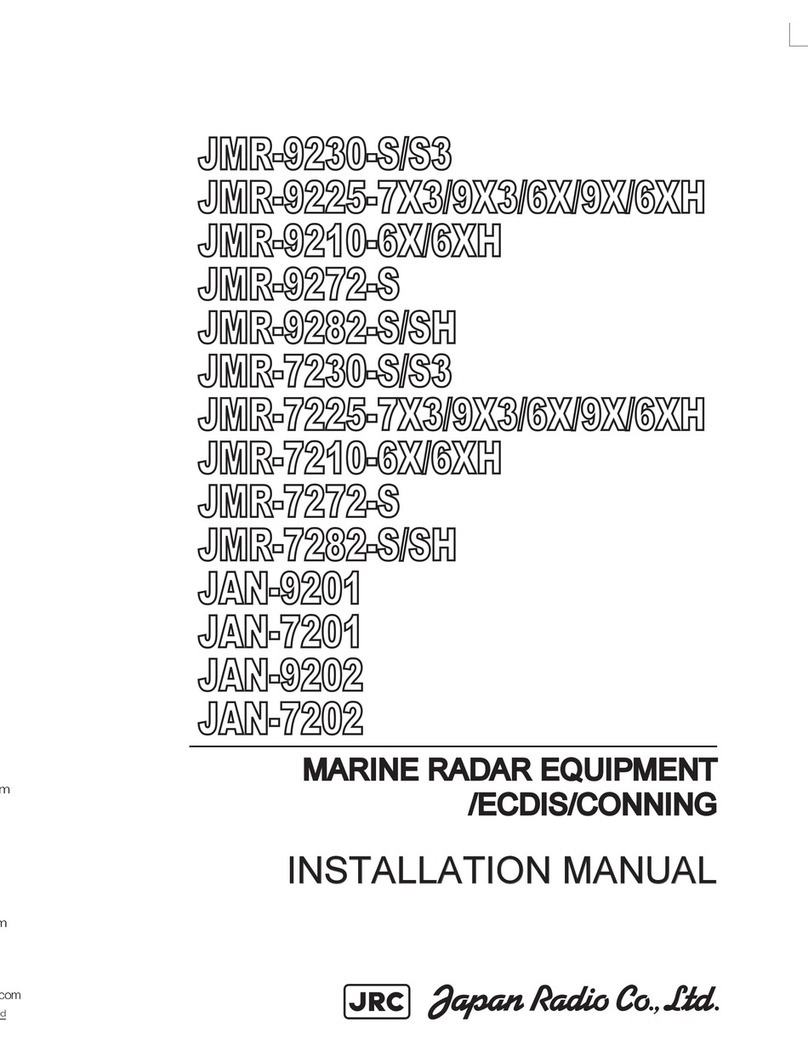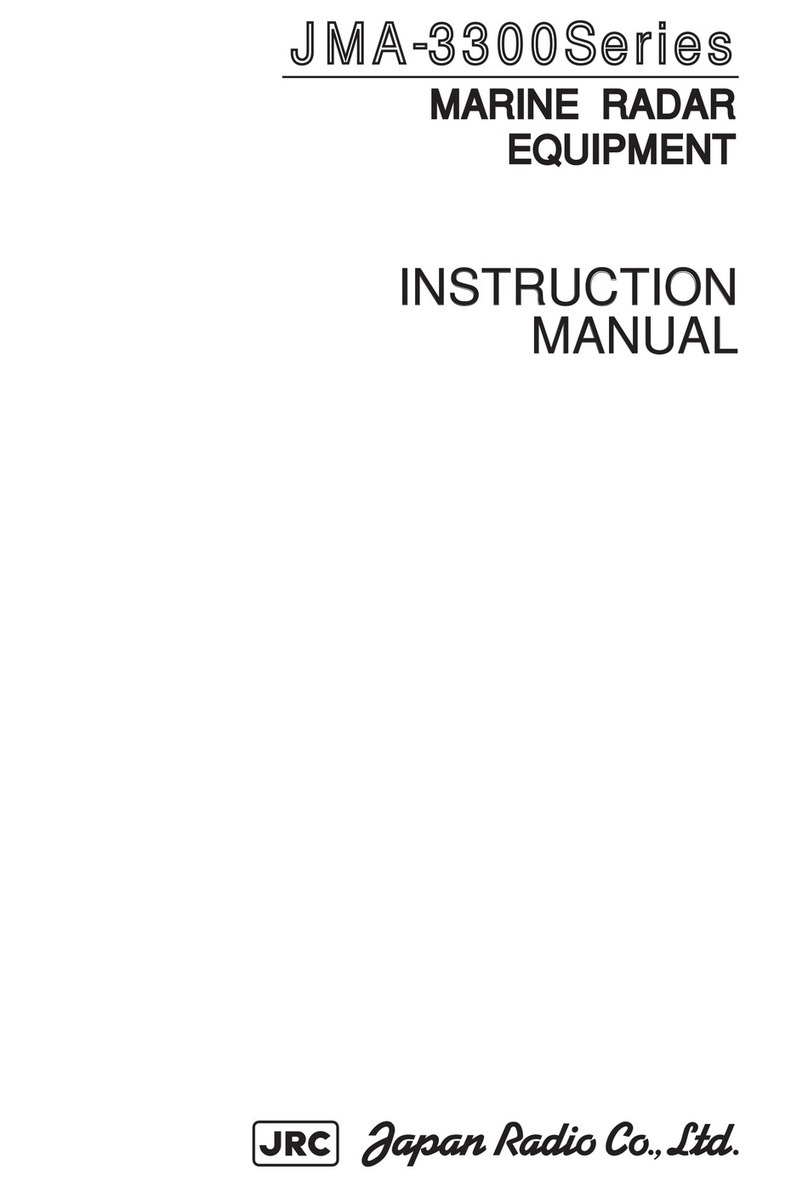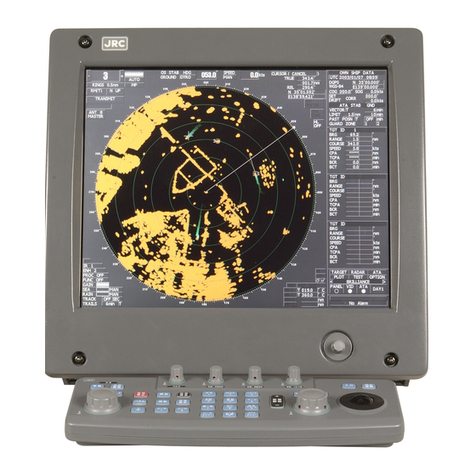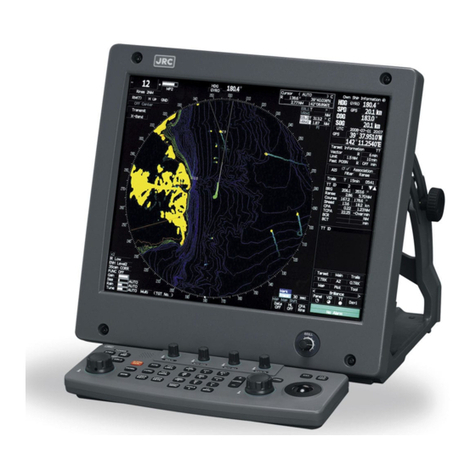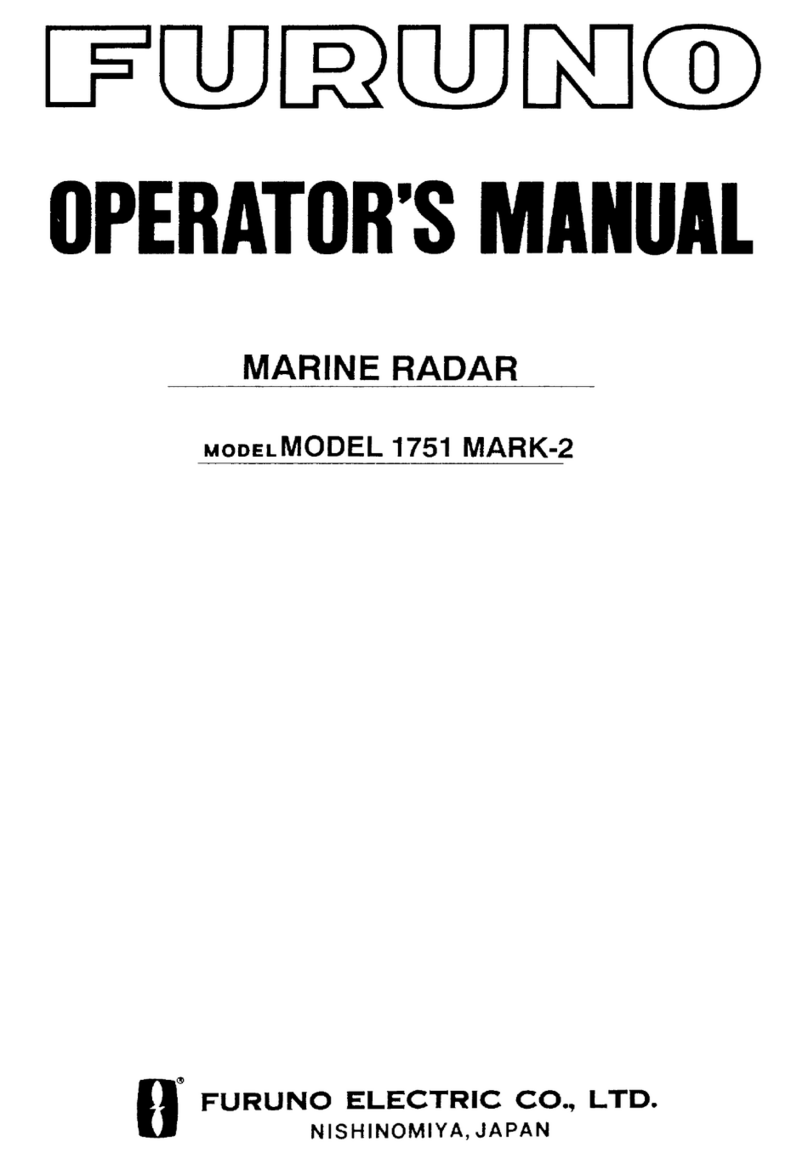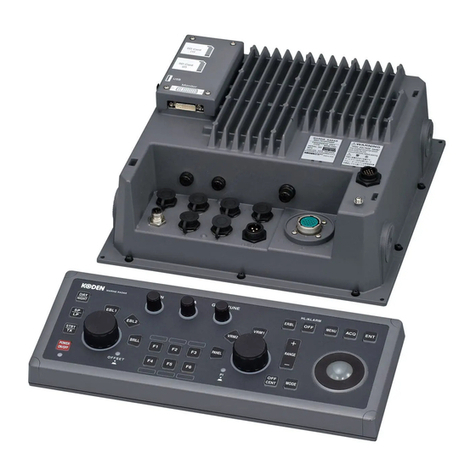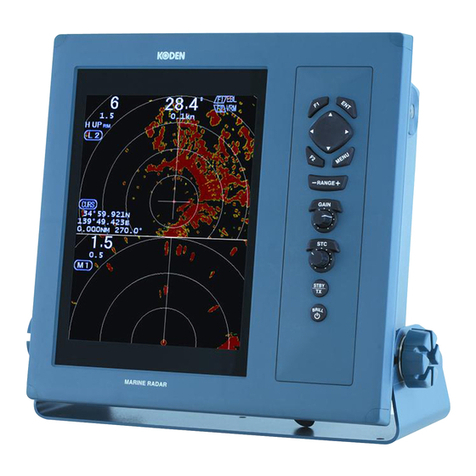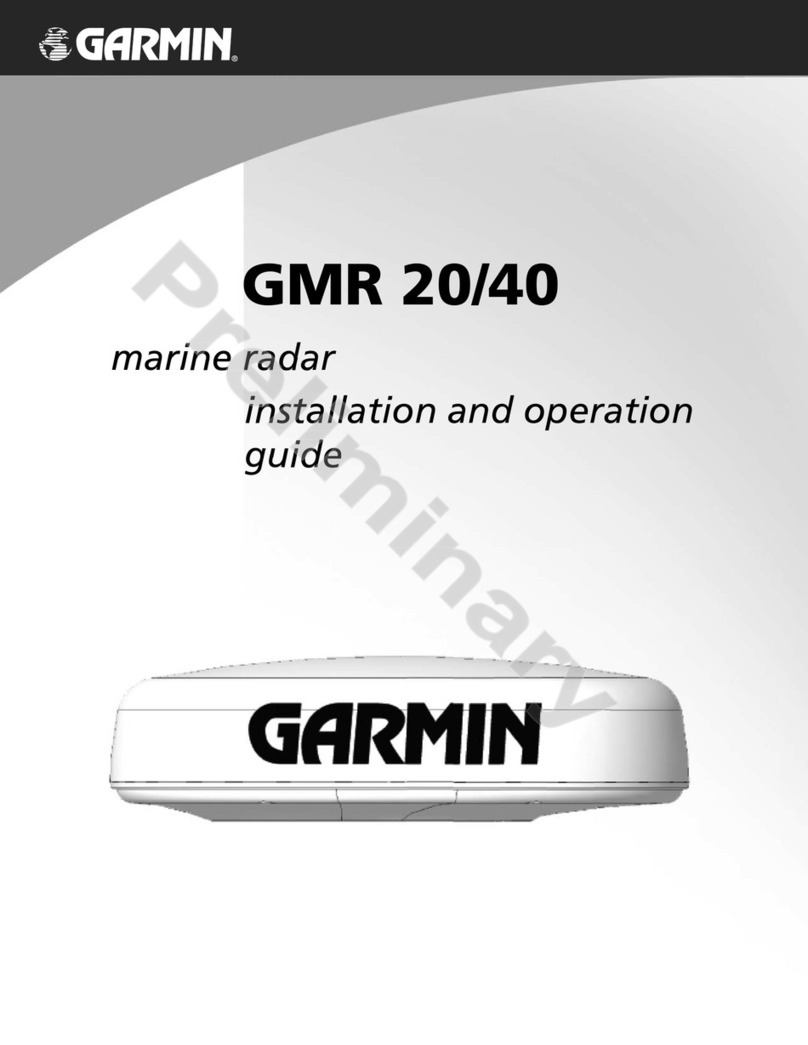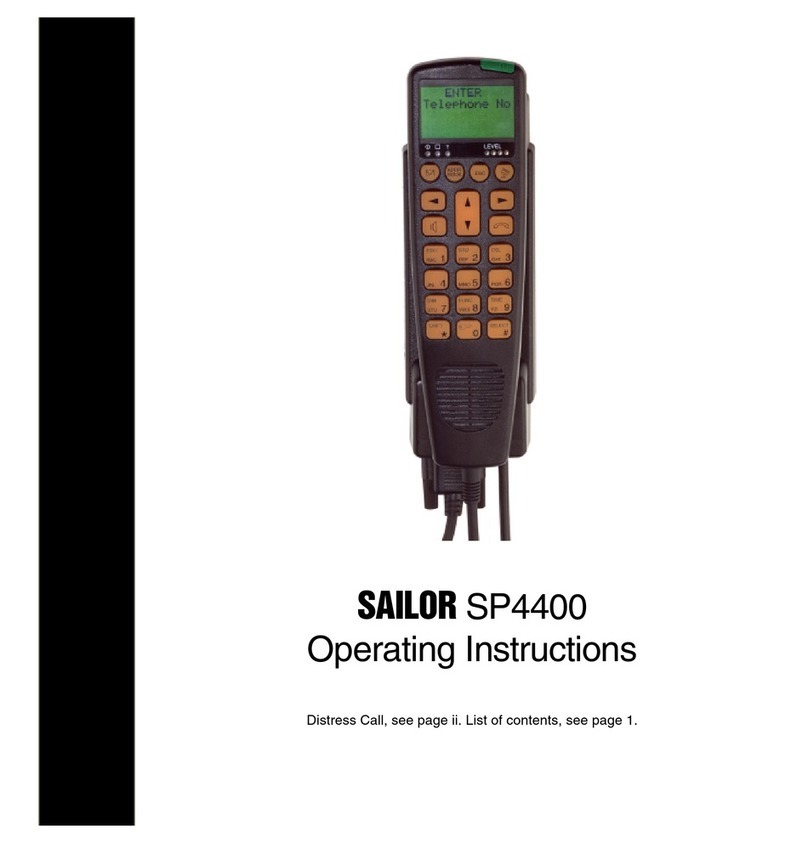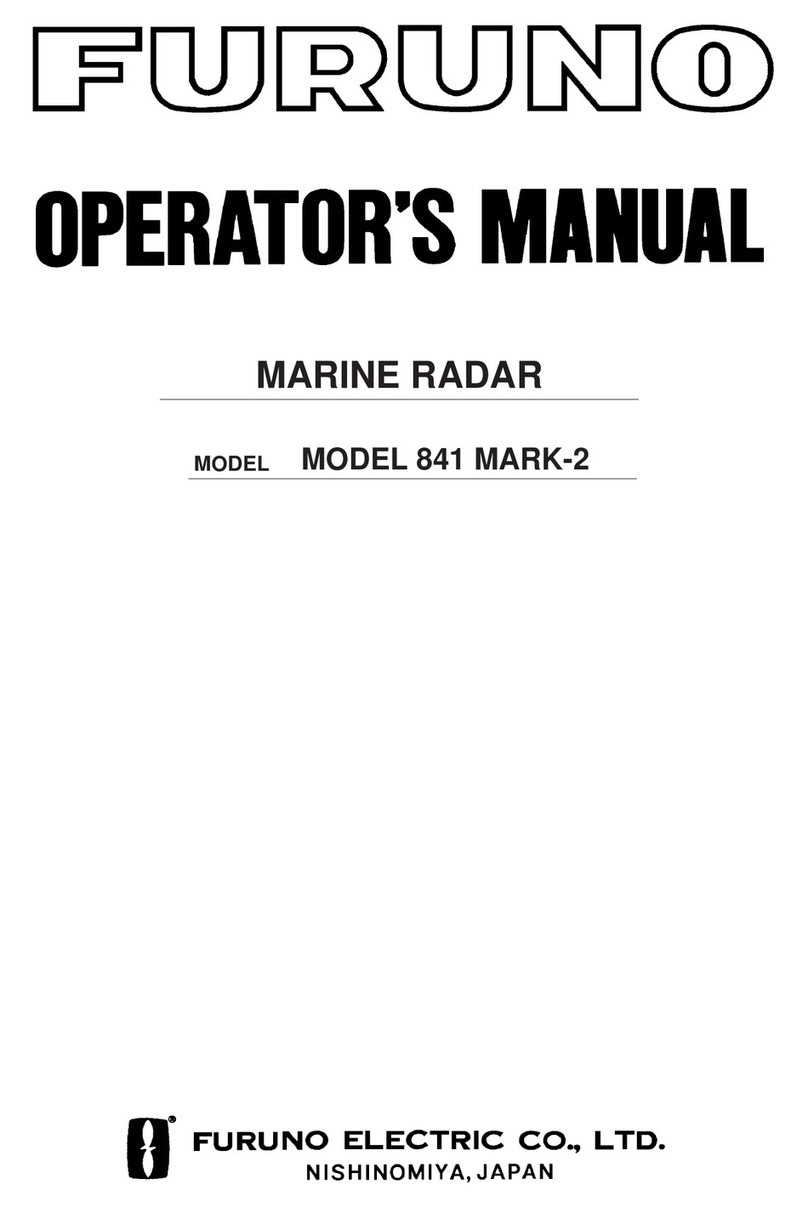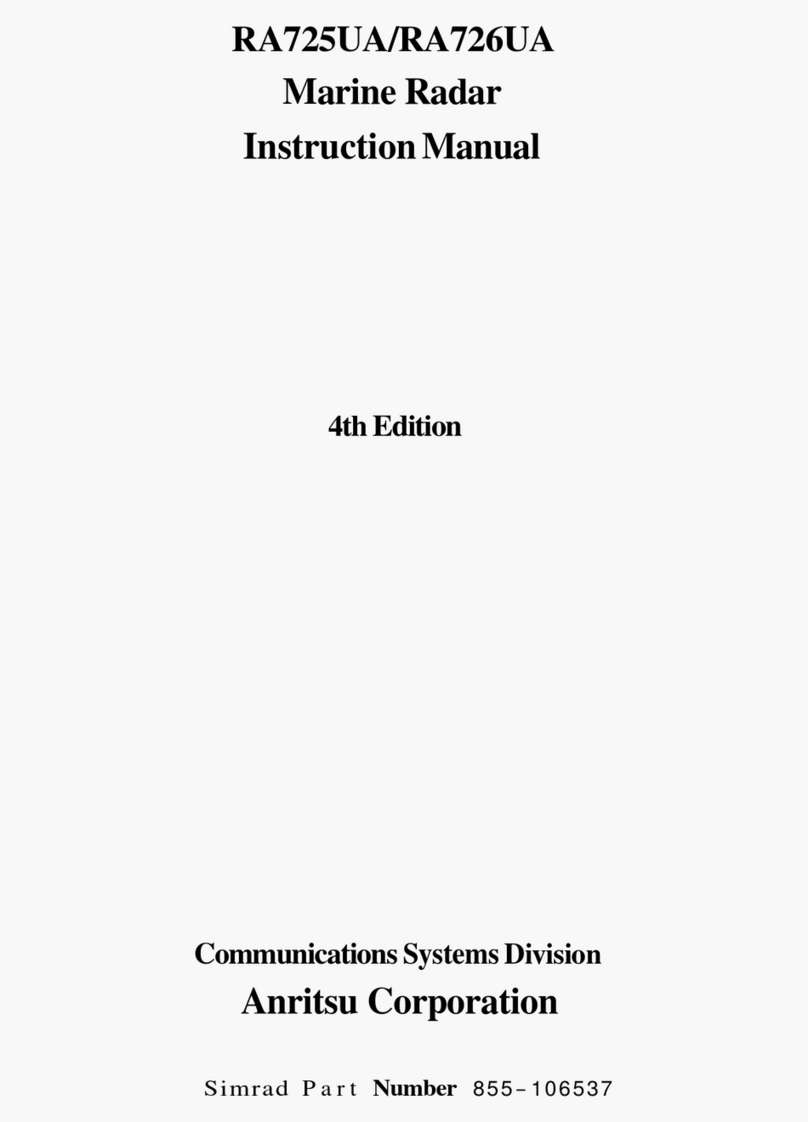
☆Treatment to Give When the Patient Has a Pulse
Beating but Has Ceased to Breathe
*Performing mouth-to-mouth artificial respiration - Fig. 1
(1) Bend the patient's face backward until it is directed to look back. (A pillow may be placed under
the neck.)
(2) Pull up the lower jaw to open up the airway. (to spread the airway)
(3) Pinching the patient's nose, breathe deeply and blow your breath into the patient's mouth strongly,
with care to close it completely. Then, move your mouth away and take a deep breath, and blow
into his or her mouth. Repeat blowing at 10 to 15 times a minute (always with the patient's nostrils
closed).
(4) Continue artificial respiration until natural respiration is restored.
(5) If the patient's mouth won't open easily, insert a pipe, such as one made of rubber or vinyl, into
either nostril. Then, take a deep breath and blow into the nostril through the pipe, with the other
nostril and the mouth completely closed.
(6) The patient may stand up abruptly upon recovering consciousness. Keep the patient lying calmly,
giving him or her coffee, tea or any other hot drink (but not alcoholic drink) to keep him or her
warm.
Mouth-to-mouth artificial respiration with the patient's head lifted
①
(1) Lift the back part of the patient's head.
Support the forehead with one of your
hand and the neck with the other hand.
→①.
Many patients will have their airways
opened by lifting their head in this way
to ease mouth-to-mouth artificial
respiration.
②
(2) Closing the patient's mouth with your
mouth, press your cheek against the
patient's nose→②.
Alternatively, hold the patient's nose
with your finger to prevent air leak →
③.
③(3) Blowing air into the patient's lungs. Blow
air into the patient's lungs until chest is
seen to rise. The first 10 breaths must be
blown as fast as possible.
Fig.1 Mouth-to-mouth artificial respiration
